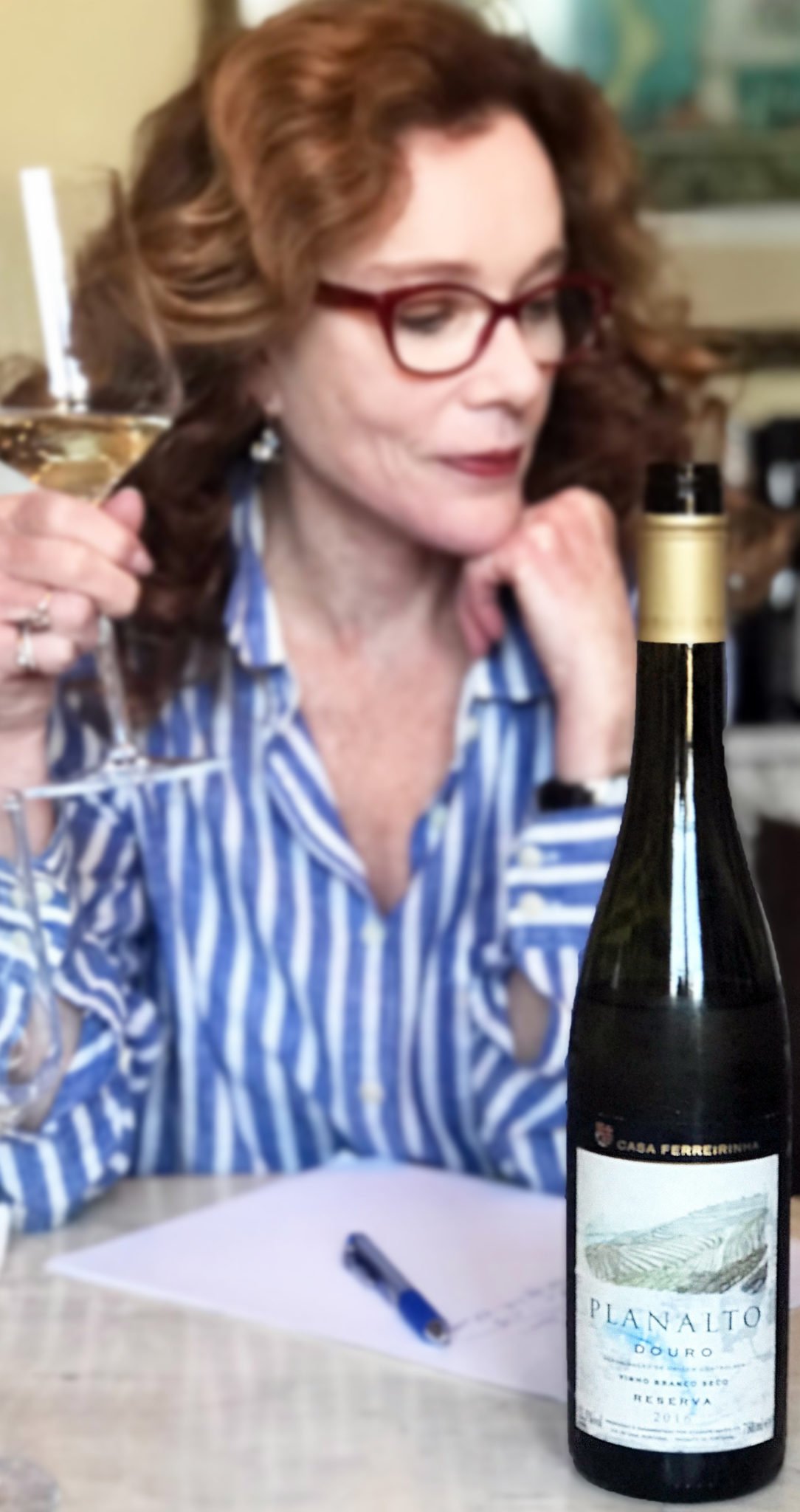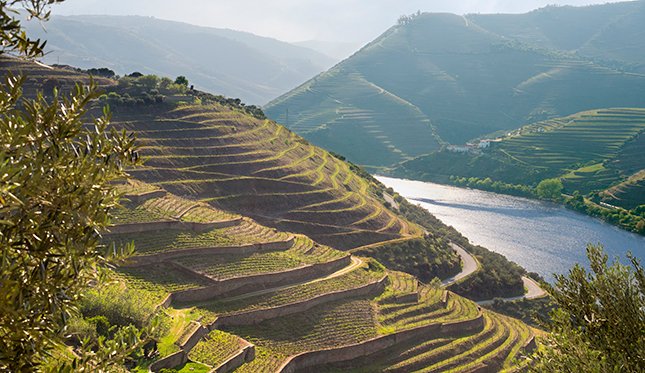
CASA FERREIRINHA | “Planalto” Reserva Dry White Wine 2016
(Douro, Portugal) $12
 Here’s what drifted through my mind as I thought about the smell and flavor of this wine: fresh wind over dry hills, wild shrubs, sea salt on extra virgin olive oil, a cold martini with botanical gin and a few fine olives. And then I thought: Every shrimp in the world should apply to be served alongside this simple, delicious wine. Planalto Reserva is a great example of an under-loved but fantastic category—dry Portuguese white wine. At this price, a bottle could always be in the fridge. Because you never know when Monday night might roll around. (12.5% abv)
Here’s what drifted through my mind as I thought about the smell and flavor of this wine: fresh wind over dry hills, wild shrubs, sea salt on extra virgin olive oil, a cold martini with botanical gin and a few fine olives. And then I thought: Every shrimp in the world should apply to be served alongside this simple, delicious wine. Planalto Reserva is a great example of an under-loved but fantastic category—dry Portuguese white wine. At this price, a bottle could always be in the fridge. Because you never know when Monday night might roll around. (12.5% abv)
89 points KM
Available at Wine.com

The Piedmont region in Italy’s northwestern corner is renowned for barolo and barbaresco, two expensive reds. However, what grape variety is the most widely planted in this famous region?
A. nebbiolo
B. moscato
C. dolcetto
D. barbera
Scroll down for the answer!

Banished Then Reborn
The idea that we all have wine preferences is axiomatic and indisputable. You may prefer, say, cabernet sauvignon over zinfandel. But what if someone were to designate themselves as a sort of grape police? What if someone could unilaterally decide which grape varieties were acceptable?

Someone did. That person was Philip the Bold, Duke of Burgundy, who in 1395 set forth an edict to: “Rip out and never again plant the ‘vile and noxious’ gamay plant.” Philip, who imposed punitive fines on noncompliant growers, designated pinot noir as gamay’s replacement. But, of course, fragile pinot noir is not easy to grow. A shortage of wine ensued—and at the worst possible time. With the plague known as the Black Death in full force and water supplies greatly polluted, wine was the safest drink in 14th-century France. That reality led to a new acceptance of gamay, which was eventually replanted with enthusiasm in Burgundy’s southernmost region—Beaujolais.

“I like my coffee black, my beer from Germany, wine from Burgundy, the darker, the better. I like my heroes complicated and brooding, James Dean in oiled leather, leaning on a motorcycle. You know the color.”
—Barbara Crooker, American poet, from her poem Ode to Chocolate

Astringent
Astringent describes the dry, raspy mouthfeel of a wine with a considerable amount of unripe tannin. Astringency can also be provoked by certain foods, such as unripe walnuts or unripe persimmons. Excess astringency is unpleasant and causes the mouth to pucker.

The Planalto (Wine to Know, above) put us in a Steal mood. Here are three you may need coming up.
POETS LEAP Riesling 2016 (Columbia Valley, Washington) $20
Racy, pure and sensational for the price. During the day on Thanksgiving, this is what I plan to be drinking while I’m cooking.
DRY CREEK VINEYARDS “Heritage Vines” Zinfandel 2014 (Dry Creek, California) $15
Big crowd at Thanksgiving? This juicy, spicy zin would be great with the meal.
FREI BROTHERS “Reserve” Zinfandel (Dry Creek, California) $20
No frills, no pretense, just a tasty lively red that’s perfect for next-day hot turkey sandwiches, turkey soup, turkey casserole, et al.

“The other night I was in a restaurant and the waiter suggested an “Italian bitter” as an after-dinner drink. What’s a bitter?”
—Dani K., Berkeley, CA.
Bitters are delicious! They are traditionally drunk at the end of the meal (as in your case) to aid digestion or early in the evening before the meal as an exciting aperitif. Most bitters are made from lightly fortified wine that’s been infused with botanicals like quinine bark, wormwood, rhubarb, ginger root, cardamom, gentian and all manner of spices.
—Karen

Send your question to [email protected]

D. Barbera, an indigenous variety, accounts for a majority of all the vines planted in Piedmont, even though the region is best known as the home of nebbiolo, the grape that makes the famous wines barolo and barbaresco. (After barbera, the next most widely planted grape is moscato). Nebbiolo is high in tannin and therefore barolo and barbaresco are capable of being cellared for decades. By comparison, barbera is an every night drinking wine. Because (like pinot noir) it’s relatively high in acidity and low in tannin, it is very food flexible. In northern Italy, barbera is considered perfect for braised meats, grilled sausages, and pasta with tomato sauce. In other words, it’s great right now in the fall.
SaveSave








